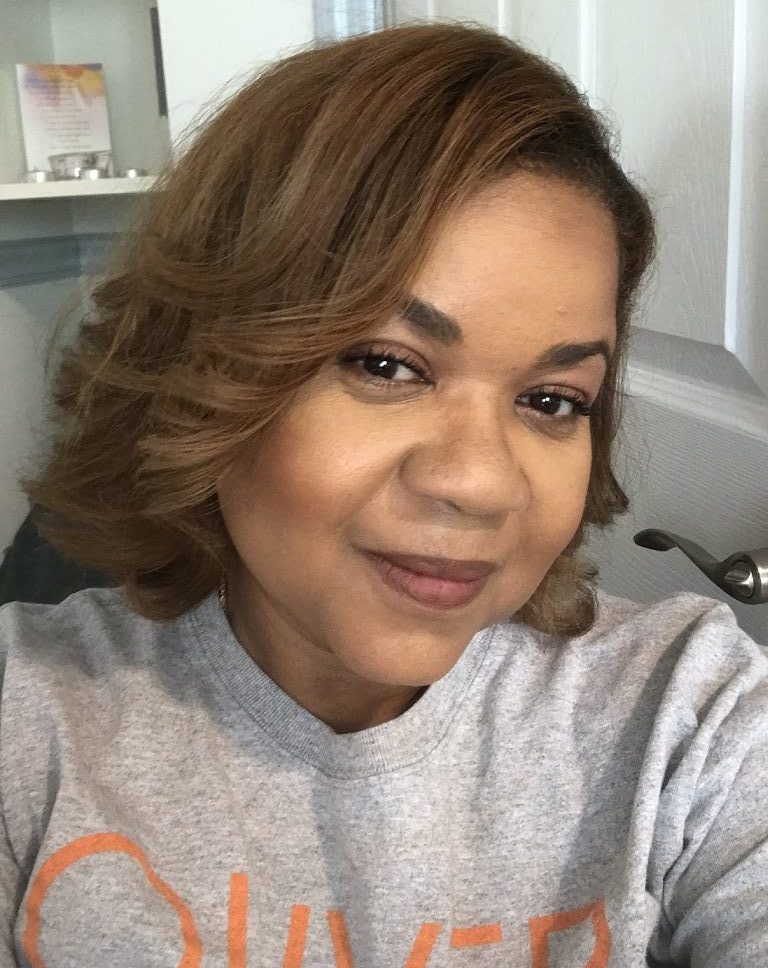
Vera Larina/Shutterstock
A chameleon has 360-degree vision. Does your youth organization?
All across this country, we are seeing young people elevate conversations about how racism and specifically anti-black racism, has shaped — and in many ways tarnished — their education and school experiences. Whether they are excluded from rigorous coursework, the subjects of jokes and jibes that mock their identities, or experiencing feelings of invisibility and erasure as a result of curriculum — Black and brown students are making their voices heard.
As difficult as it may seem, there is a more equitable, anti-oppression path forward for youth-centered organizations. An anti-oppression organizational orientation recognizes, interrogates and actively seeks to eradicate imbalances of privilege, opportunity and power that are inherent in organizations and communities where race, gender, socio-economic status, sexual identity/orientation and cultural origin are the most reliable predictors of life outcomes.

Danielle Moss
Adopting an anti-oppression lens begins with acknowledging the insidiousness of white supremacy — a social, political, economic and cultural construct that intentionally positions white ideas, values, beliefs, bodies and identity as the standard by which everything/everyone else is measured. It means committing to creating a just and equitable community. It means asking questions about who is at the table, who has power and who sets the goalposts. It demands the redesigning of the community — via by-laws, operating principles, core values, hiring and promotion protocols and new systems of accountability.
Systems of accountability are important — they move us away from hollow “Black Lives Matter” hashtags and anti-racist declarations toward measurable outcomes and progress. Accountability for anti-oppression progress centers the feedback of the most marginalized people in your community. It doesn’t matter what “leaders” say. If Black, brown, indigenous, Asian, LGBTQIA and differently abled members of the community are not experiencing material and tangible progress toward these goals, then progress is not progress.
Turn youth development into youth flourishment
I like to tell my staff that everything we do as an organization was invented by people — and we always have the ingenuity and opportunity to invent something else. As an education and youth development veteran of 20-plus years, I believe we can reshape our youth organizations, schools and higher education institutions to reflect the core values of good youth development practice and consequently create more equitable and inclusive institutions. Leaders must actively fight the tendency for organizations to develop programs without the input of youth. This means actively rejecting and eradicating the cultural ageism and inherited social contract between young people and adults.
I would like us to consider a re-envisioning of youth development as youth flourishment — in my view, the former speaks to possibility and process, while the latter speaks to inherent strengths and points us toward a state of “vigorous thriving.” Youth flourishment isn’t just about creating youth-centered institutions. It also speaks to foundational commitments to shared power, to dismantling privilege, to expanded notions of how we define “expertise” and to the interdependency that a world-class education demands of adults and young people in youth-centered spaces.
A reflective youth flourishment organization:
- Acknowledges that structures, policies and people, not individual choices by youth, are the drivers of oppression that lead to harmful and disparate outcomes. Most education-focused nonprofits were founded to address the symptoms of systemic oppression as defined by problematic and invented pathologies that limit how we understand poverty and merit and how systems and institutions can hold young people hostage. Developing an informed systemic lens is key to shifting how we define problems and imagine solutions.
- Centers the voices, identities and experiences of all young people in ways that are authentic, identifiable and visible. We cannot create spaces where young people can thrive and flourish if we don’t build those spaces on a foundation that posits them as the experts of their own experiences.
- Reflects youth voices, needs and perspectives in all aspects of decision making including governance, hiring, programs and budgeting. Once we have acknowledged young people as the experts of their lives, we need to live as though they are the experts of their own lives — and that means inviting them to the table, making space for their voices and shifting organizational operations and priorities as a result of their expertise.
- Is strength- and asset-based. As a result the organization is focused on building and developing existing strengths and creating opportunities for expanded learning. Our tendency to focus on remediation and correction deprives us and young people of the opportunity to experience early wins and successes that can bolster their resolve and commitment to focus on the areas where they need support. Leverage existing strengths and the positive feelings they elicit from young people as a springboard for tackling other challenges.
- Creates safe spaces for young people to question, grapple, win and, sometimes, fail forward. Some of the world’s greatest discoveries were made possible because someone had the opportunity to think, question/grapple, risk and fail. Our pedagogy must be flexible enough for young people to consider, revisit and make mistakes that don’t diminish the value of inquiry.
- Recognizes the inherent values of young people’s families, cultures and communities of origin and develops practices of authentic partnerships in support of young people. Consciously reject the racist and oppressive pathologies that distort the view of students’ families and communities and that overlook the strengths and assets that young people already draw from regularly along their journeys.
- Has a commitment to reimagining discipline in ways that call young people into the community in accordance with the community contract and in ways that are restorative and redemptive. The best systems of accountability increase young people’s sense of connection and belonging in a community; they restore young people’s confidence in the community’s commitment to their success; and, they provide clear pathways for a young person who has faltered to experience redemption.
- Seeks to understand the ways in which young people show up as intersectional beings whose multiple identities shape life experiences. None of us lives a single-issue life. So youth flourishment demands that we lean into the ways in which our young people are experiencing issues of identity across race, class, sexual orientation, ability, etc.
- Defines “academic rigor” as work that not only stretches and challenges young people, but that also equips them to interrogate, analyze and engage with the subject matter using a critical eye so that their ability to challenge, reframe and problem solve as intellectual beings is more fully developed. Rigor is about the quality and depth of the educational experience. Rigor should not be uniquely tied to overwhelming quantity.
- Ensures the presence and elevation of workers/educators/administrators/trustees who reflect the communities of all students and then consequently places a demonstrable value on the intellectual, creative and social capital of the people on whose labor this work relies. We can’t say we value young people and marginalize the contributions of the youth workers and educators who are at the center of the work and our organizations. Youth flourishment holds youth workers and educators as sacred workers — and this is reflected in how they are supported, paid and promoted.
The chameleon is a unique animal. Unlike most animals, chameleons have 360-degree vision. Their eyes are designed to ensure that they have a 360-degree view of the environment. Like the chameleon, youth flourishment organizations need to be continuously assessing and processing the conditions and practices that drive their work with young people.
Chameleons don’t just have the ability to see the environment around them; their eyes can work together or separately; they can zoom in and out as needed. Organizations that seek to strengthen their anti-oppression muscles need 360-degree vision to constantly and consistently examine, recognize and remediate the rules, practices, language, behaviors and structures that exist as remnants of oppression as experienced by the people across their ranks with the least amount of power. The goal is to undo the things that condone, reinforce, reproduce and reward the structures and systems that diminish the possibilities of young people and the youth workers who partner with them.
In a youth flourishment organization, we aren’t just pushing back on racism, sexism, homophobia, transphobia and ableism. We are letting go of youth work practices that don’t always serve young people to ensure that they have opportunities to discover, uncover, develop and reveal the leadership and inquiry skills and tools that they deserve — to make their flourishing inevitable.
A thought leader for two decades on issues of education, access and equality, Danielle Moss, Ed.D., has been featured in the New York Times, delivered a popular TEDWomen talk on college access and appeared on “CBS This Morning” and their online platform CBSN in 2020. Previously president and CEO of the YWCA in New York City, she was co-founder of The Ebony Vanguard and appointed to New York City’s Commission on Gender Equity.





























